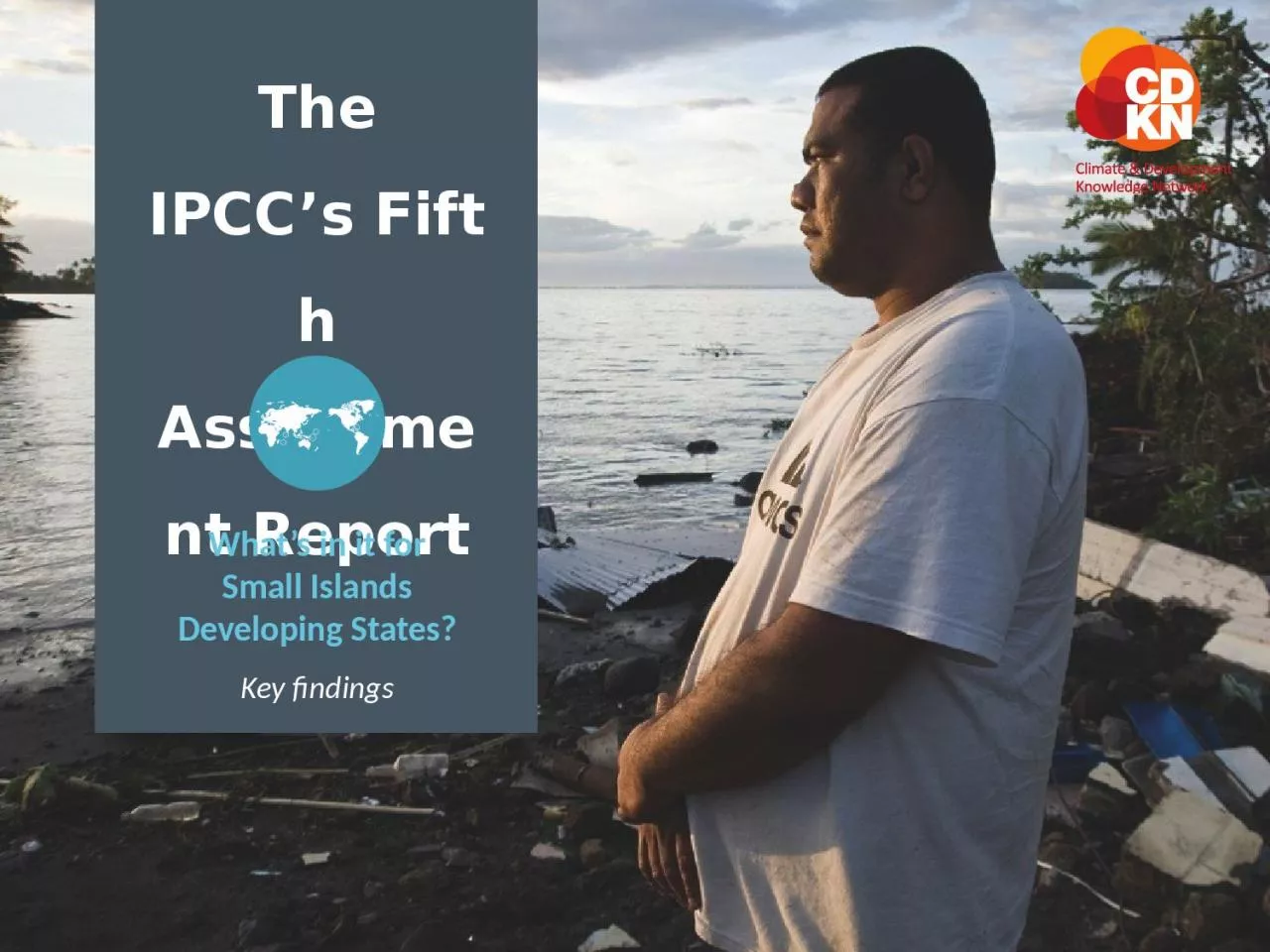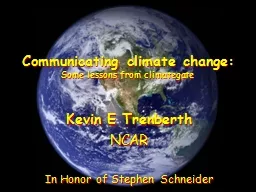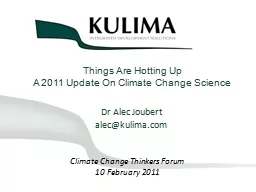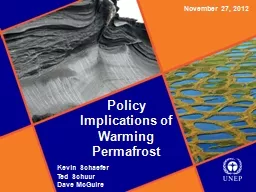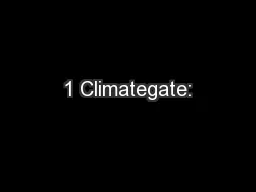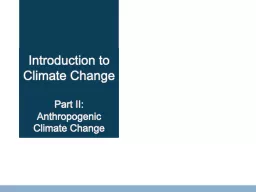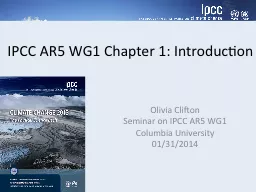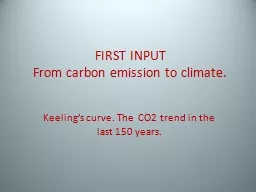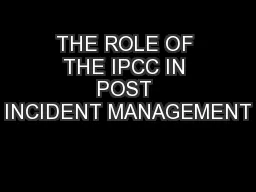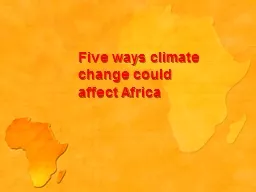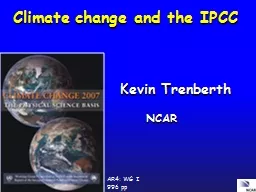PPT-The IPCC’s Fifth Assessment Report
Author : freya | Published Date : 2024-02-09
Whats in it for Small Islands Developing States Key findings Since the 1950s the rate of global warming has been unprecedented compared to previous decades and millennia
Presentation Embed Code
Download Presentation
Download Presentation The PPT/PDF document "The IPCC’s Fifth Assessment Report" is the property of its rightful owner. Permission is granted to download and print the materials on this website for personal, non-commercial use only, and to display it on your personal computer provided you do not modify the materials and that you retain all copyright notices contained in the materials. By downloading content from our website, you accept the terms of this agreement.
The IPCC’s Fifth Assessment Report: Transcript
Download Rules Of Document
"The IPCC’s Fifth Assessment Report"The content belongs to its owner. You may download and print it for personal use, without modification, and keep all copyright notices. By downloading, you agree to these terms.
Related Documents

